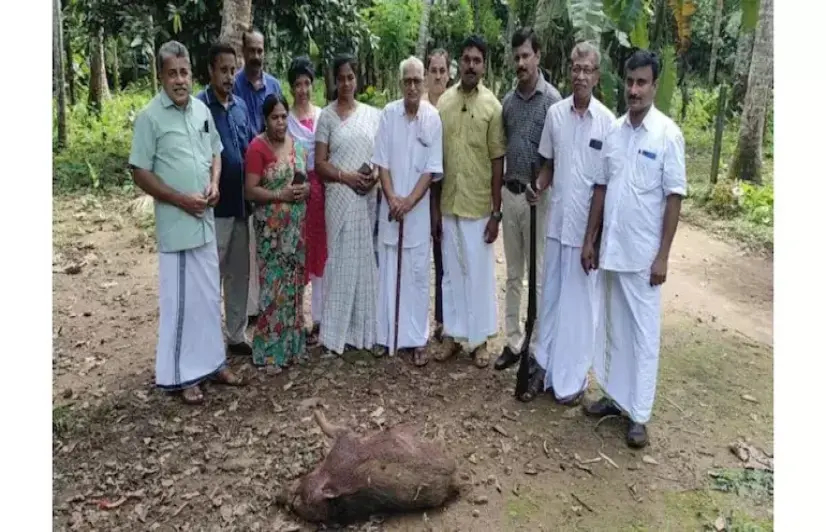Saturday, 12 July 2025
Do wild boar in Kerala get to live? Panchayats get the power to decide
25 Jun, 2022
|
Kozhikode, Kerala
|
0mins read
|

Do wild boar in Kerala get to live? Panchayats get the power to decide
25 Jun, 2022
|
Kozhikode, Kerala
|
0mins read
|
dsdbsmhdbjk
Would you like to Support us
Read more stories under:
Society
Agriculture
101 Stories Around The Web
Explore All NewsAbout the Reporter
Write For 101Reporters
Would you like to Support us
Follow Us On
